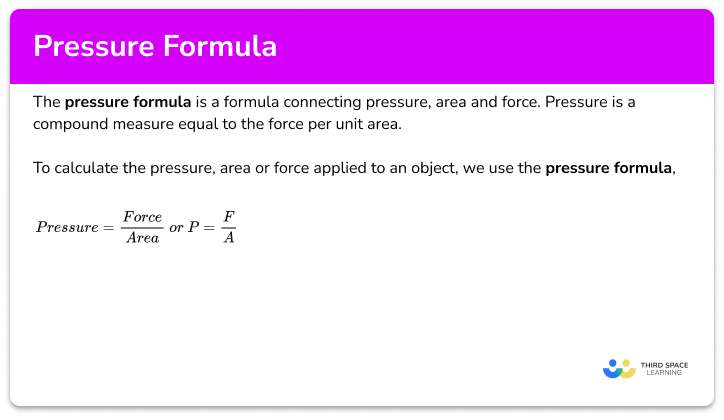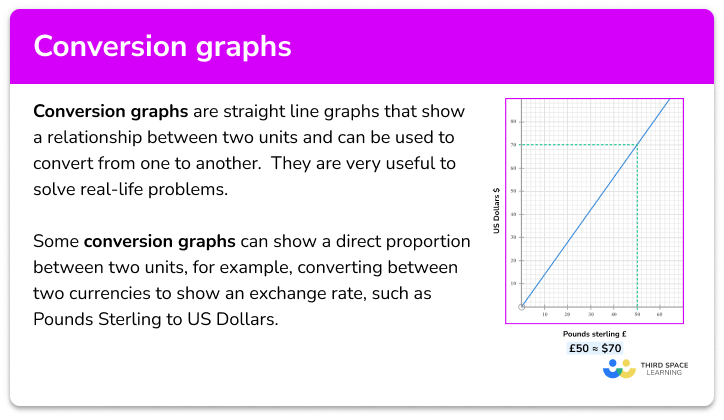FREE DOWNLOAD
Density Worksheet

Help your students prepare for their Maths GCSE with this free density worksheet of 30 + questions and answers
- Section 1 of the density worksheet contains 20+ skills-based density practice questions, in 3 groups to support differentiation
- Section 2 contains 3 applied density questions with a mix of worded problems and deeper problem solving questions
- Section 3 contains 3 foundation and higher level GCSE exam style questions on density questions
- Answers and a mark scheme for all density questions are provided
- Questions follow variation theory with plenty of opportunities for students to work independently at their own level
- All questions created by fully qualified expert secondary maths teachers
- Suitable for GCSE maths revision for AQA, OCR and Edexcel exam boards
Unlock access to download your free resource
You can unsubscribe at any time (each email we send will contain an easy way to unsubscribe). To find out more about how we use your data, see our privacy policy.
Density at a glance
Density is a measure of the mass of something per unit volume. It is usually measured in kilograms per cubic metre or grams per cubic centimetre. Calculating density is done using the density formula: Density = Mass divided by Volume.
For example, if we have a piece of wood with a volume of 100cm3 and a mass of 80g, we can calculate the density of the object: Density = 80 divided by 100 = 0.8g/cm^3. Sometimes we might be given information about the side lengths of the object rather than the volume, in which case we start by calculating the volume and then use this for the density calculation.
By rearranging the density formula, we can get the following formulae for volume and mass:
Volume = Mass divided by Density and Mass = Density multiplied by Volume. The answers we get by using these formulae may be non-exact, in which case we can round them to an appropriate number of decimal places or significant figures.
Some useful conversions include: 1 ml of water fills 1cm^3, and 1000kg = 1 tonne. We therefore multiply millilitres by 1 to get centimetres, and we divide kilograms by 1000 to get tonnes.
Looking forward, students can then progress to additional exchange and conversion rates worksheets, and other ratio and proportion worksheets for example a ratio worksheet or a simplifying and equivalent ratios worksheet.

For more teaching and learning support on Ratio and Proportion our GCSE maths lessons provide step by step support for all GCSE maths concepts.
Do you have GCSE students who need additional support?

There will be students in your class who require individual attention to help them achieve their target GCSE maths grade. In a class of 30, it’s not always easy to provide.
Help your students feel confident with exam-style questions and the strategies they’ll need to answer them correctly with personalised online one to one tutoring from Third Space Learning
Lessons are selected to provide support where each student needs it most, and specially-trained GCSE maths tutors adapt the pitch and pace of each lesson. This ensures a personalised revision programme that raises grades and boosts confidence.








